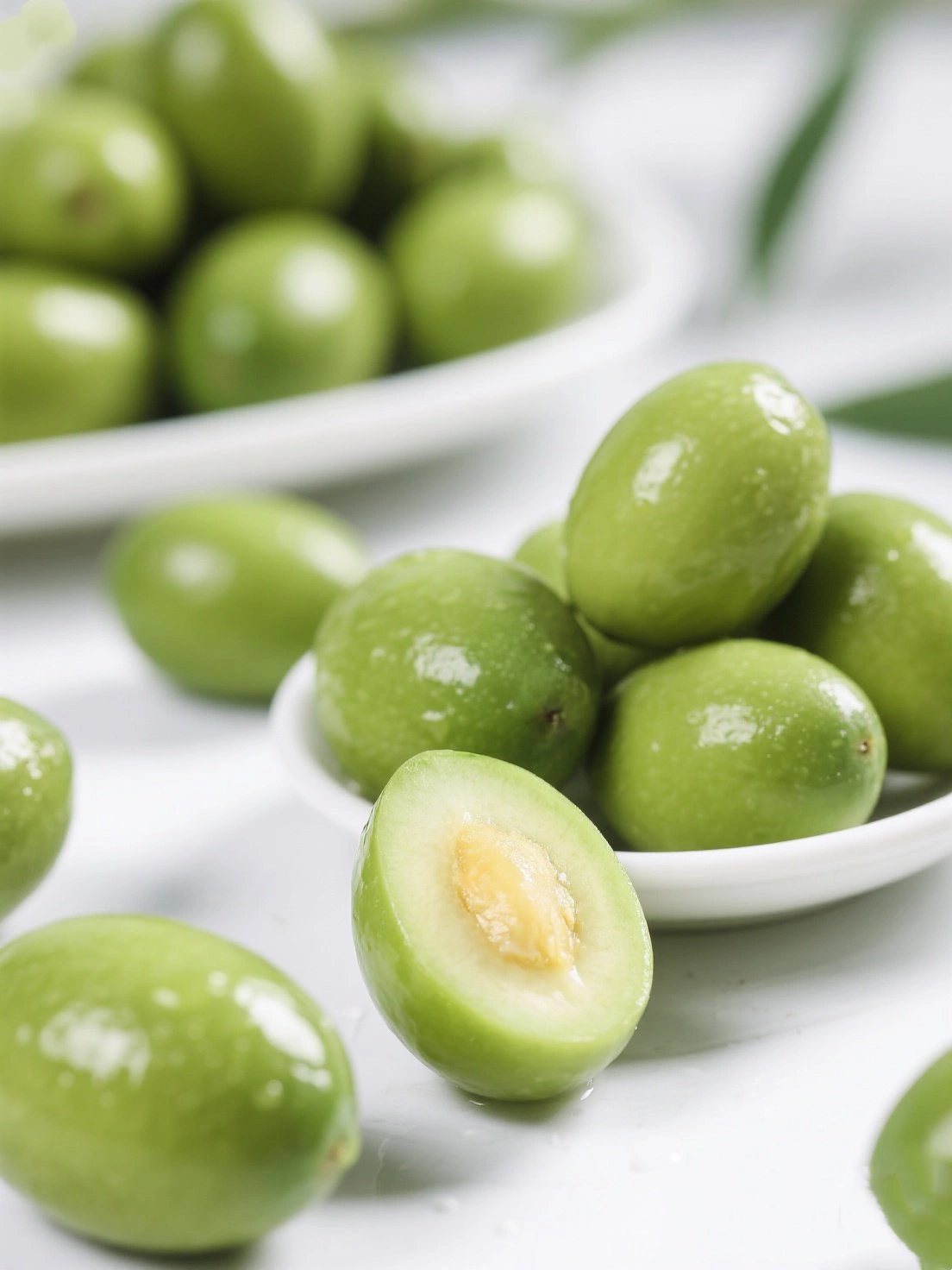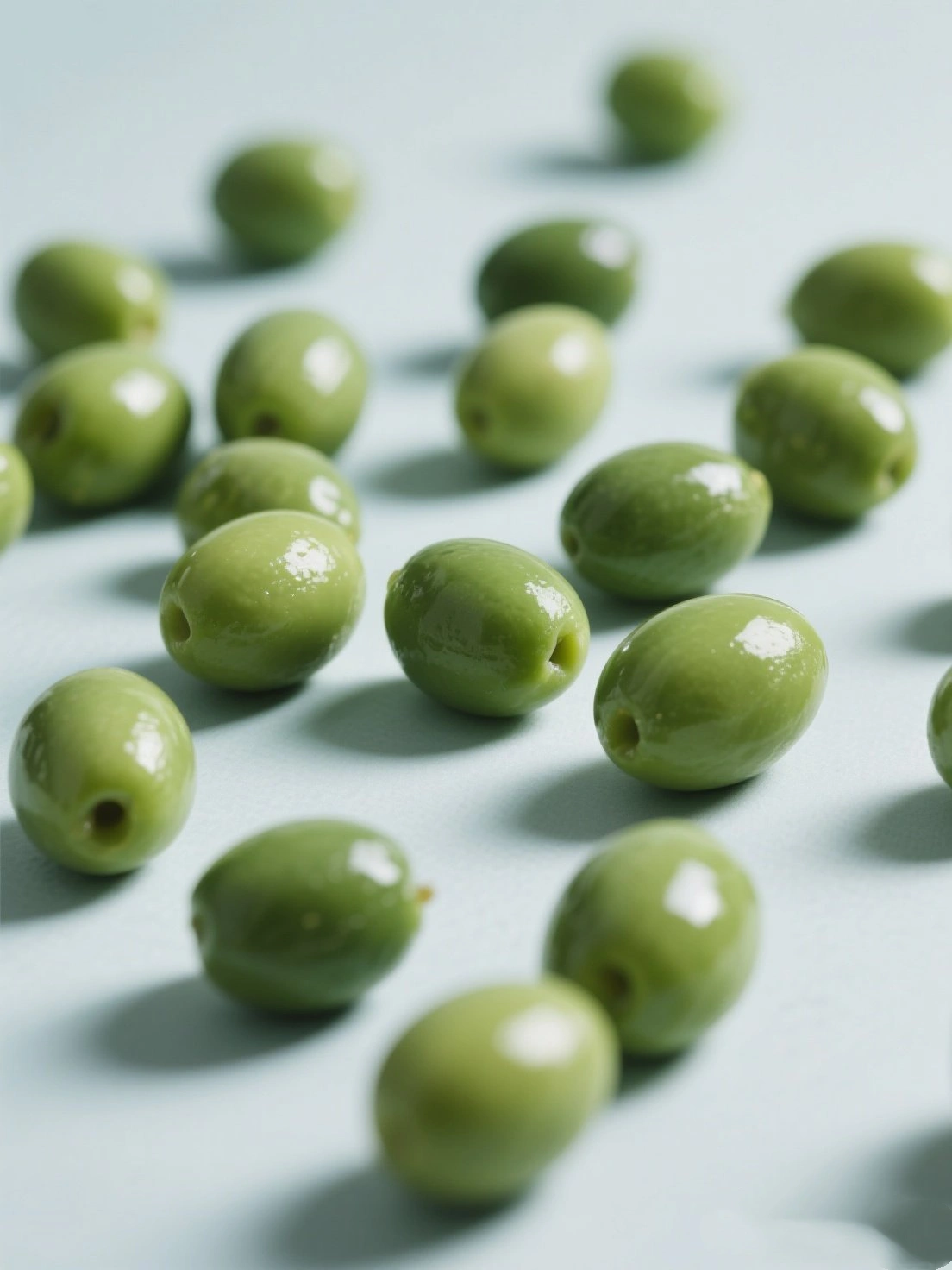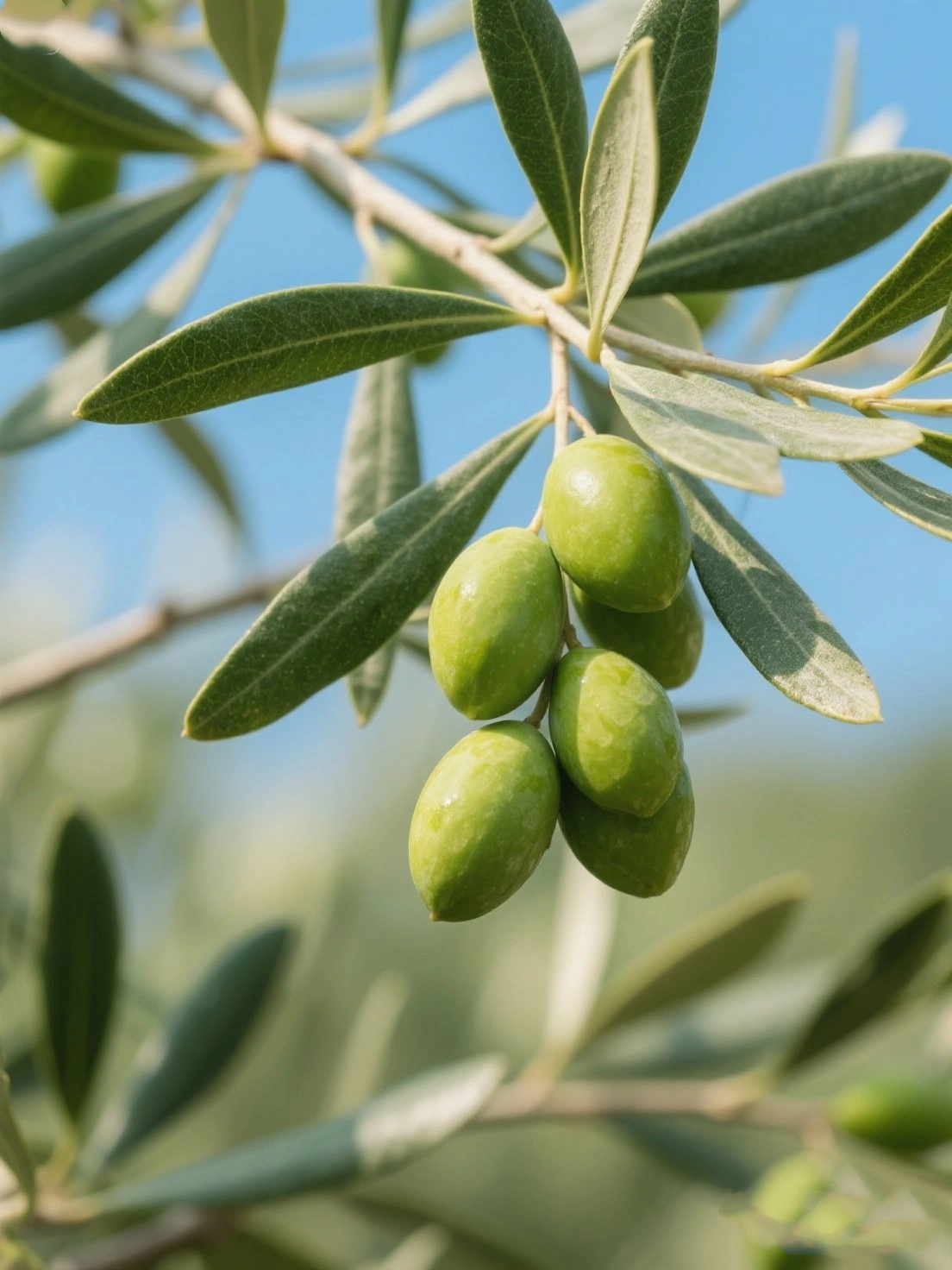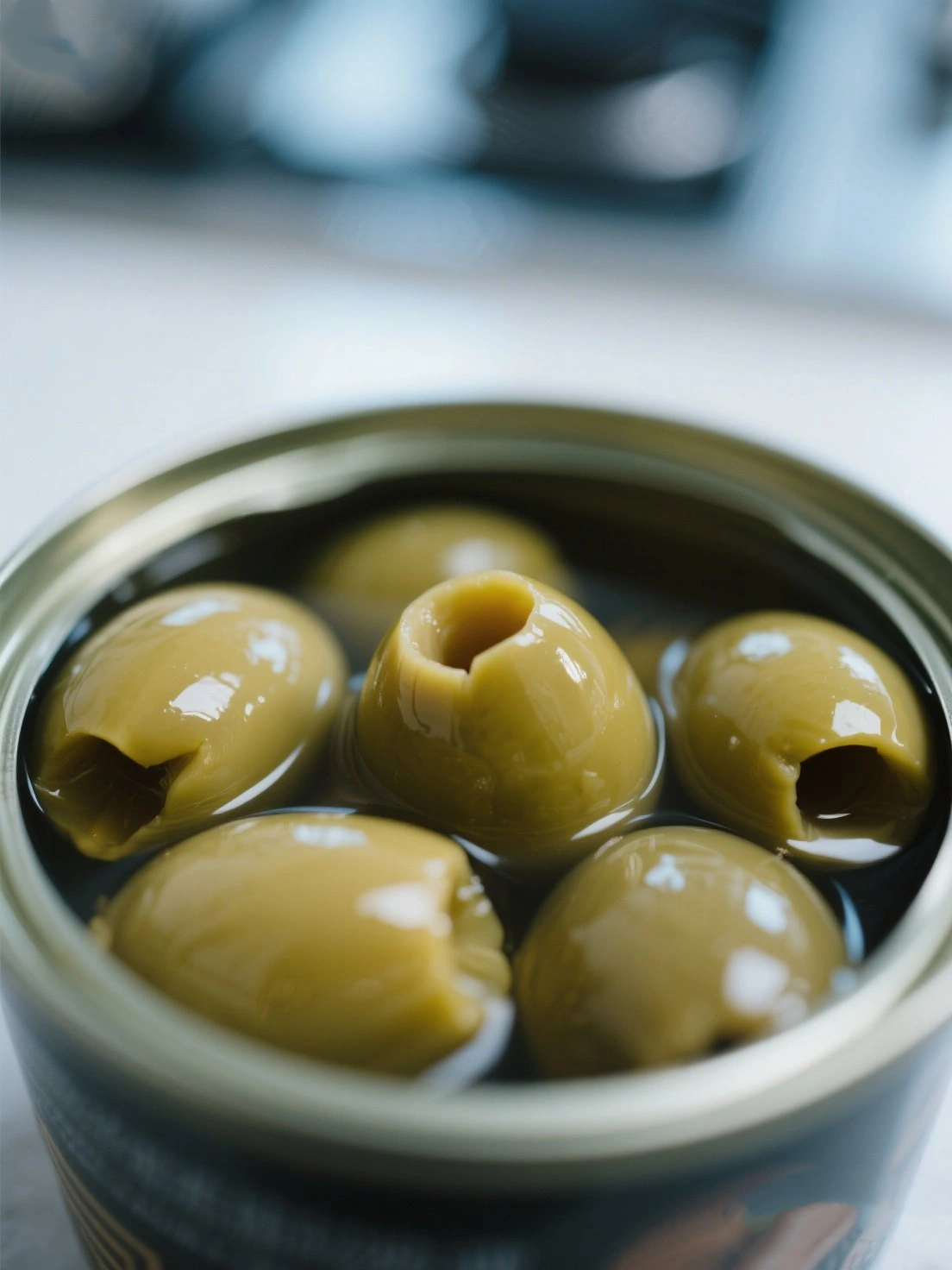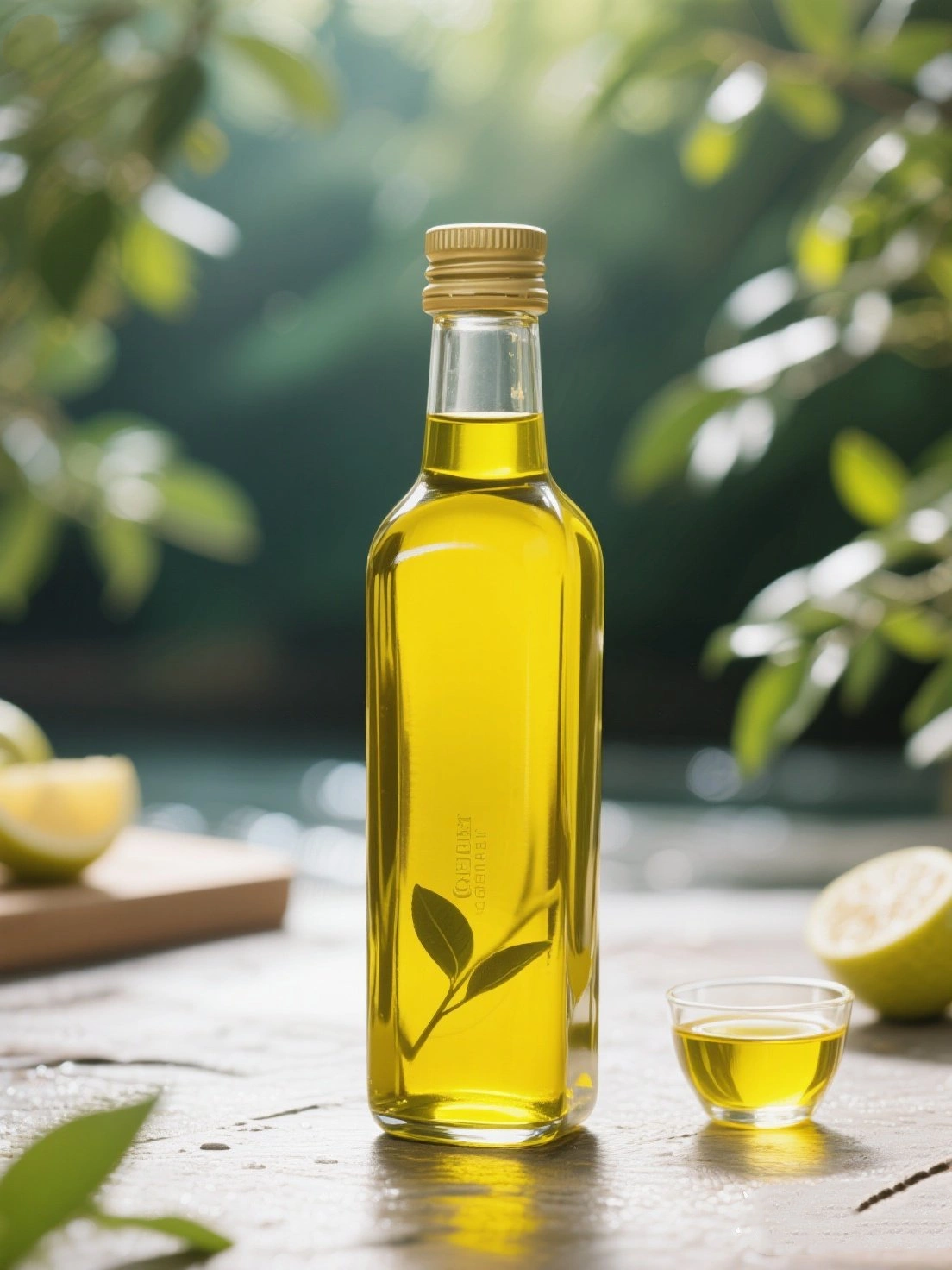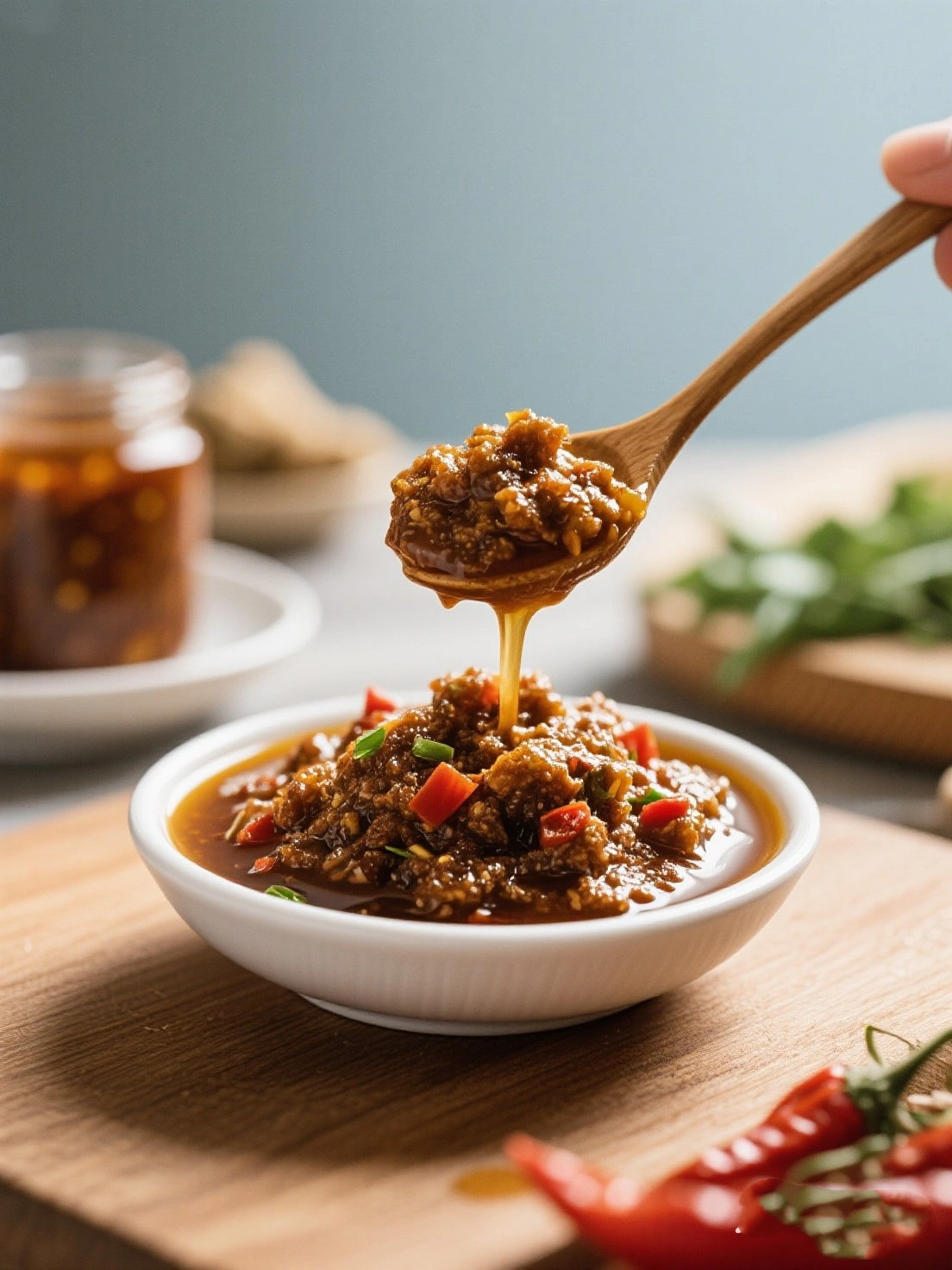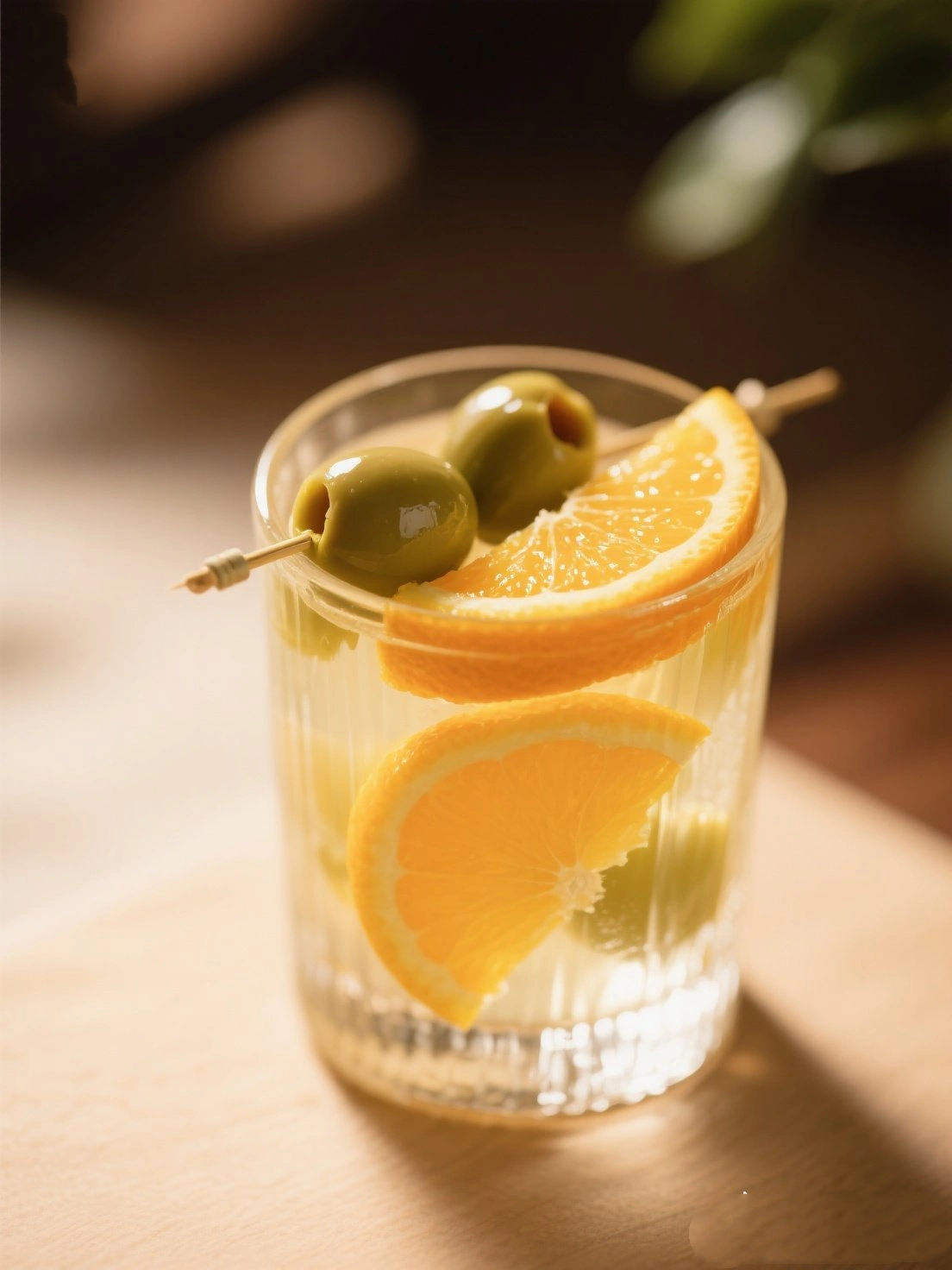Olives (Olea europaea), known as Olives in Chinese, have been cultivated for over 6,000 years in the Mediterranean region. Introduced to China via the Silk Road during the Han Dynasty (206 BCE-220 CE), olives found particular favor in southern China's Guangdong and Guangxi provinces where the climate could support their growth. The Chinese name reflects their appearance - "gan" meaning sweet and "lan" meaning orchid-like.
In Traditional Chinese Medicine, olives are considered sweet, sour, and neutral. They are used to clear heat, detoxify the body, and benefit the throat. Ancient Chinese medical texts recommend olive preparations for sore throat, cough, and fishbone stuck in throat. Olive leaf tea was traditionally used to reduce fever and inflammation.
Today, while China isn't a major olive producer, preserved olives and olive oil have become increasingly popular for their health benefits. Modern research has confirmed olives' exceptional nutritional profile, particularly their heart-healthy monounsaturated fats and powerful antioxidants. Both green (unripe) and black (ripe) olives are enjoyed in various Chinese culinary preparations.
